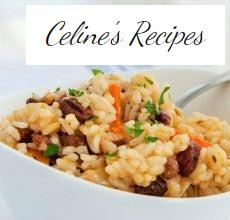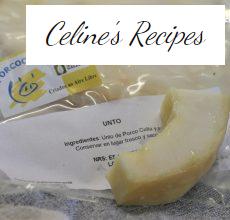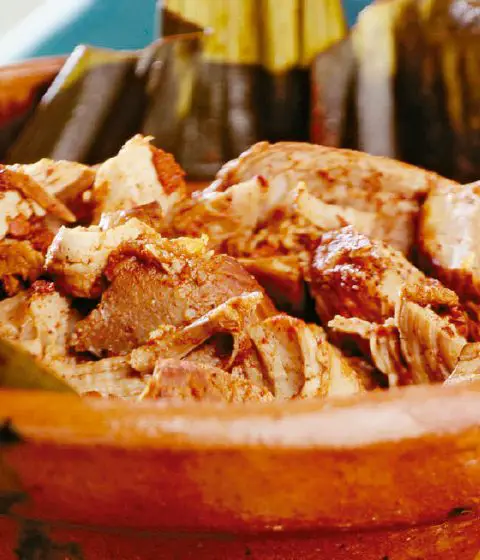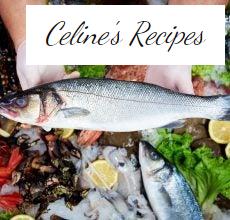Curry, everything you need to know to succeed in your kitchen . At this point in life, all (or almost all) have heard of curry, we have tried it or even cooked with it regularly.
You already know how “ fan lover ” we are of curry at home, from the famous chicken curry (one of the most successful recipes on the blog), our special couscous , my mother-in-law’s curried meatballs to dahl or vegetable lentil curry are a few examples. Although on the blog you will find many more.
But do we really know what curry is? Is the curry just the contents of that pot we found in the spice section of the supermarket or is there something else behind it? The name curry or curri , if we want to Spanishize the term, comes from the Tamil language word “kari” which means sauce and has a double meaning. On the one hand, the mixture of spices with which the sauce or sauces are made and, on the other, the dishes made with these sauces.
 In either of its two meanings, there are as many types of curries as there are people who prepare them. In its production, spices such as coriander, cinnamon, ginger, cayenne pepper, cloves, nutmeg, mustard, fenugreek, cumin, coriander and turmeric, among others, are usually present. The latter is one of the most important ingredients and is what gives it the yellow color that characterizes most curries.
In either of its two meanings, there are as many types of curries as there are people who prepare them. In its production, spices such as coriander, cinnamon, ginger, cayenne pepper, cloves, nutmeg, mustard, fenugreek, cumin, coriander and turmeric, among others, are usually present. The latter is one of the most important ingredients and is what gives it the yellow color that characterizes most curries.
The proportions and presence of each of the elements that make up the curry varies depending on who prepares it. In India, each cook makes their own curries and their formula depends on many factors: the region they are in, how they have learned it, the dish in which they are going to use it, the inheritance and family influences, etc.
The different types of curries in the world
 Listing all the types of curries in the world is an almost impossible task because, as we have just mentioned, we can almost say that there is one curry for each cook. And it is that, although all cooks made their curries with the same spices, by varying the amounts of each one the resulting curries would be very different.
Listing all the types of curries in the world is an almost impossible task because, as we have just mentioned, we can almost say that there is one curry for each cook. And it is that, although all cooks made their curries with the same spices, by varying the amounts of each one the resulting curries would be very different.
That said, there are different standard curri preparations, more or less belonging to their regions and / or countries of origin and in their degree of spiciness. Let’s start the tour.
The curry in India
- The variety is wide and ranges, to name a few, from soft pasanda and korma curries, made with almonds, coconut and cream, to vindaloo or phaal, two sauces suitable only for the brave and lovers of intense spiciness.
- Going through other types of medium spicy curries such as dupiaza, with onion as the main ingredient, roghan josh, made with tomatoes, bhuna, a sauce with various vegetables, jalfrezi, with onions and green chili, and tikka masala , among others.
- It is the most consumed curry in the world is the madras and is typical of southern India, specifically the city that bears his name.
- It is marketed as a powder and is a mixture of various spices that includes curry leaves, cumin, cloves, turmeric, coriander, coriander, cinnamon, chilli, bay leaves, allspice, black pepper, and ground red chili.
- Beyond India, the use of curries is also widespread in other Southeast Asian countries such as Thailand, Pakistan, Indonesia, Malaysia, Bangladesh and Sri Lanka.
- It also has a presence in the cuisines of China and Japan, and even in more distant countries such as South Africa (Cape Malay Curri), the Caribbean (goat curry), the Philippines (kare-kare), Ethiopia (wat or spiced stew) and Germany (Currywurst). Let’s look at some in more detail.
The curry in Thailand
- Thai curries are differentiated and classified by their color: yellow, red and green.
- The yellow curry is the most common and consumed in western countries and with which, possibly, the Spanish are most familiar.
- It is presented in a ground form and among its spices the presence of turmeric predominates, which gives it the yellow color that gives it its name.
- The yellow curry is generally served with meat and fish and is usually accompanied by rice.
- Red curry is the most widely used in Thai cuisine and is usually presented in the form of pasta, made from dry spices mixed with oils.
- Its main ingredient is red chili, hence the color and the name. It is spicy and is widely used for dishes where fish is the main product.
- Green curries are also one of the most widely used in Thai cuisine and, like red curries, they come in the form of pasta.
- It is characterized by its spicy flavor and has two main ingredients that give it the color that gives it its name, kaffir lime leaves and Thai basil leaves.
The curry in China
- The Chinese curry is very similar to the Indian base curry with the addition of olive oil, extra garlic, paprika, chili powder and ginger.
- This curry mix is mainly used in vegetable, rice, mushroom or potato dishes.
The curry in Japan
- As a dish, Japanese curries are very popular with its population.
- It is prepared with onion, carrot, potato and meat, usually pork. Sometimes roasted apple and / or honey is added.
- It is dense, somewhat sweet and not as spicy as the Indian or Thai variants.
The curry in Malaysia
- Very different from other types of curries, tamarind paste, bay leaves and lemon grass are added to the usual curry spices in Malaysia.
- It is quite spicy so coconut milk is usually added to the mixture to soften the point.
The curry in Africa
- The African curry is characterized by being very spicy.
- It is made with garlic, ginger, coriander, cumin seeds, cayenne pepper, abundant turmeric and hot chili powder.
- This type of curry is used to flavor rice dishes, potatoes and sauces.
The curry in the United Kingdom
- A separate mention deserves the UK and its love of Indian cuisine and curries. A direct consequence of the knowledge acquired in their colonies during the 18th century.
- Proof of this are the thousands of “curry houses” throughout the country where a long list of curry dishes from India are made and served, generally ordered on their menus according to the point of spiciness of the sauces.
Did you like it? Share it!
Share Tweet Pin it To print
Receive a weekly email with new recipes and yummy recommendations.
Think of Pixels SL as the owner of Recetasderechupete.com, it will use the data you provide in this form only to send you blog updates. We treat your data with respect. For more information see the Privacy Policy . You can change your mind at any time and unsubscribe by clicking on the footer of any email you receive from this website, or by contacting [email protected]. Yummy recipes use Mailchimp as a platform for sending emails. Mailchimp is covered by the EU-US Privacy Shield agreement, approved by the European Data Protection Committee. By submitting this form, you consent to your data being transferred to MailChimp for processing in accordance with its Privacy Policy .
If you liked this article you will like:
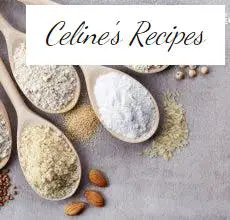
Types of flour. Classification

Coffee yes or no. Substitutes



